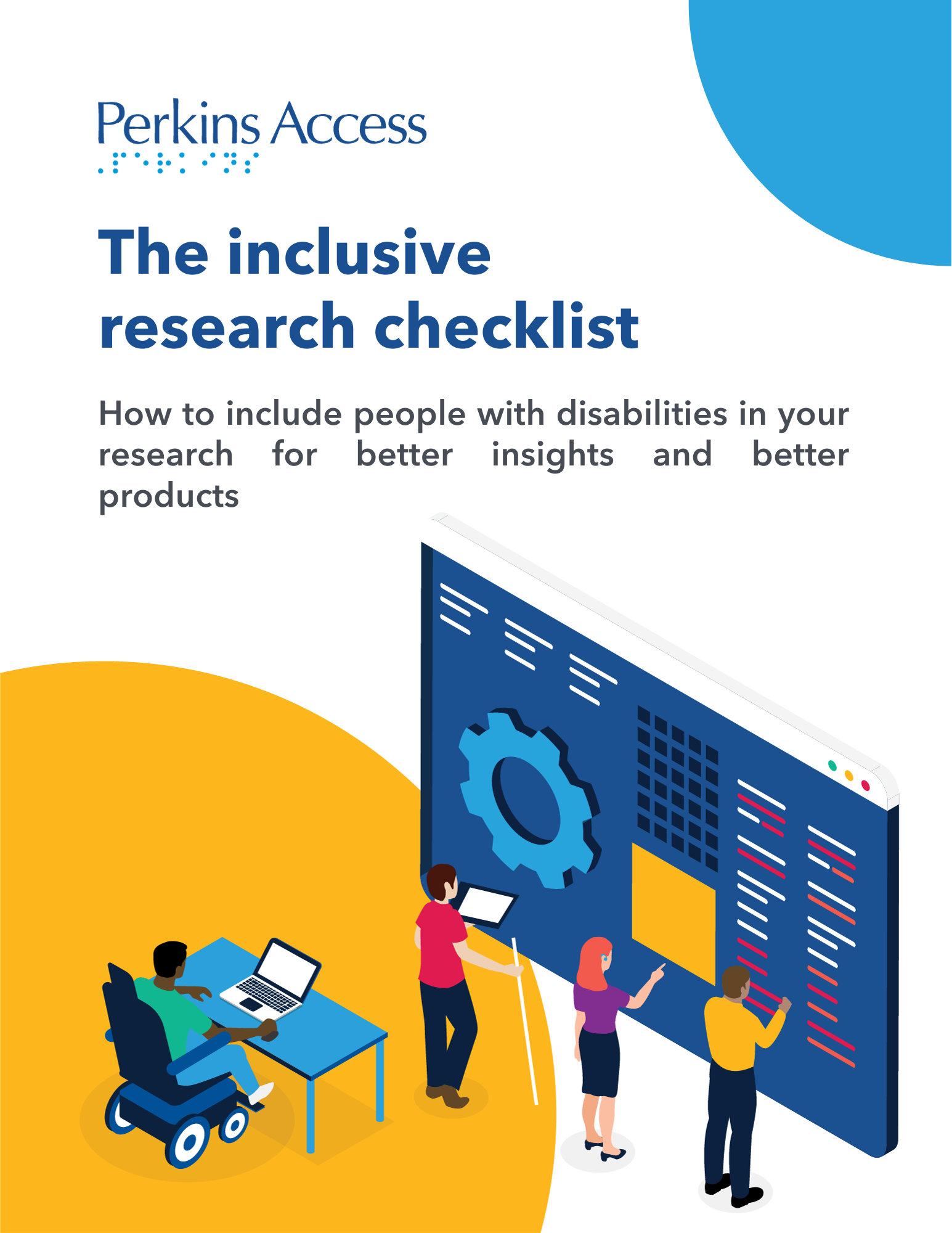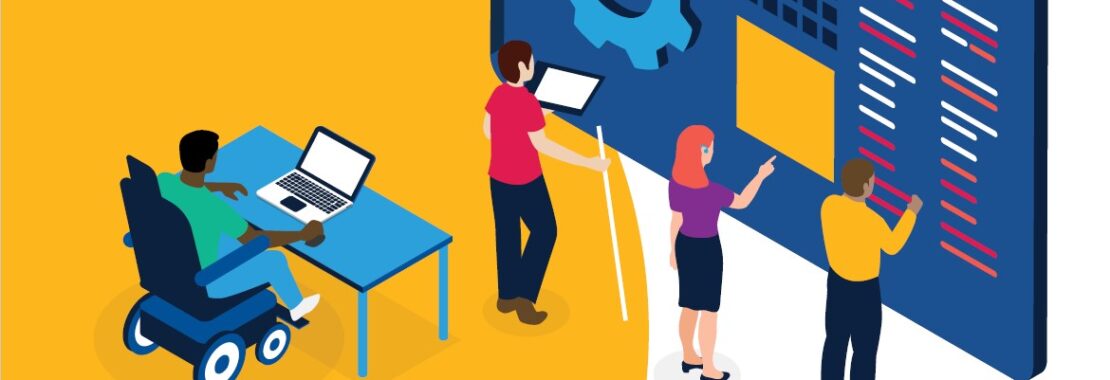One in four adults in the United States has a disability. This includes auditory, sight, cognitive and motor disabilities. So, it’s important when doing research that the research truly represents the full user base, to build products that meet their needs―and create a good experience for all.
At Cengage, our goal is to create educational materials that enable an effective learning and teaching experience for everyone. We continuously work to improve our products to make them accessible for all learners and instructors. One way we recently did this was by partnering with Perkins Access, the accessibility consulting division of Perkins School for the Blind, to review the research methods and tools that we use when we design and test new products and experiences. By making sure that a wide range of users can participate in our research, we can receive feedback from the very people whose needs have not always been met by commercial learning materials, so make sure that ours do.
Uncovering accessibility barriers in our research methods
The objective of our work with Perkins Access was to review our end-to-end research processes and identify the improvements we needed to make when it comes to accessibility. In addition to partnering with Perkins Access, Cengage developed a working group including representatives across the Cengage Academic research team. These representatives were responsible for implementing all recommendations across product research, customer insights research and UX research areas.
Together, we found some concerns, and quickly addressed them.
Becoming more inclusive in our studies
Most of our research at Cengage is done online, and in reviewing our methods, we found concerns with some of the third-party tools we used. For example, one of these tools featured screens with multiple statements that could present issues for people using screen readers or people with motor disabilities. So, with guidance from Perkins Access, we implemented a better solution: to present the statements one at a time, rather than all at once.
Another issue we discovered was that some of our question types were not accessible for everyone. For example, “drag and drop” questions can be challenging for certain people to use. This meant we needed to modify our questions, plus have a question library in place where researchers can pull questions that have already been optimized for accessibility.
Other recommendations for more inclusive research
Prioritizing inclusive research is an ongoing journey for anyone. Perkins Access created a checklist, to include people with disabilities in research for better insights and better products. Some of the key recommendations they suggest include:
- Early and often: Start the inclusive research journey as early as possible. Gain insights early to eliminate usability problems later on.
- Recruiting and Screening: include questions about disabilities using inclusive language practices embedded into the process.
- Pre-planning: ask if research participants need accommodations, pre-setup meetings to make sure technology works for them/usability test and give enough time or extra time when needed.
Through insights like these, we have been able to implement more inclusive research methods and use our findings to build better, inclusive products and experiences for all.
“And just last week I had somebody reach out to me because they weren’t able to use the tool. It was great to just be able to say to them, okay, we have this other means that we’ll be able to include you in our study.” – Elizabeth Gervais, Sr. User Experience Researcher at Cengage
Making inclusive research part of the development process is an ongoing journey. It means a lot of trial and error―and patience. But once the pre-work is done, it just becomes a part of the regular workflow.
“You never know who you are helping by making the improvements that we are. We had a student, unsolicited, provide some feedback after a survey. They said, ‘I appreciate that this survey was created in a way that is accessible with screen readers.’” – Elizabeth Gervais, Sr. User Experience Researcher at Cengage

To learn how inclusive research methodologies improve accessibility and usability for everyone, watch the recent webinar, “How iRobot & Cengage improve accessibility for users with disabilities.”

